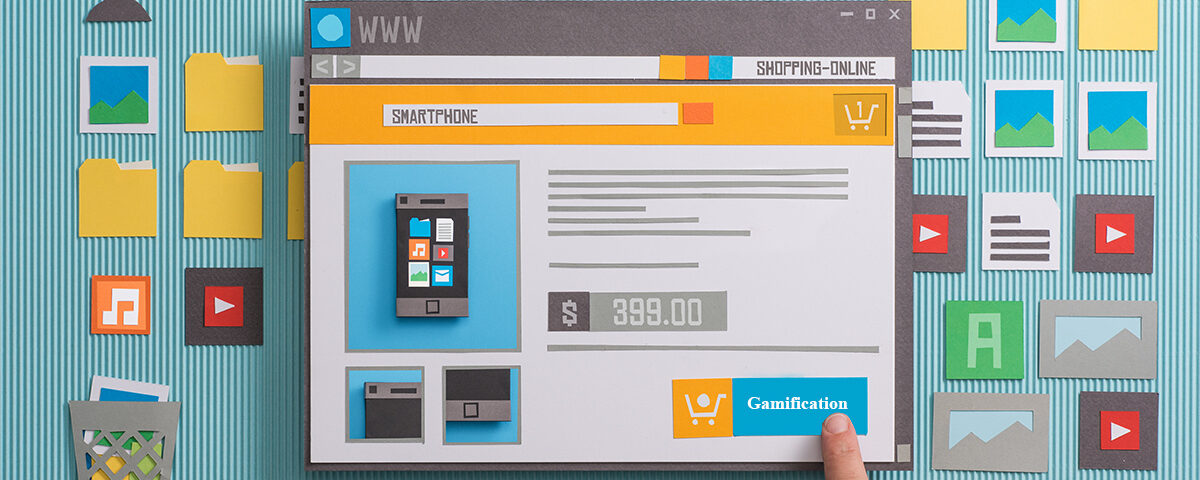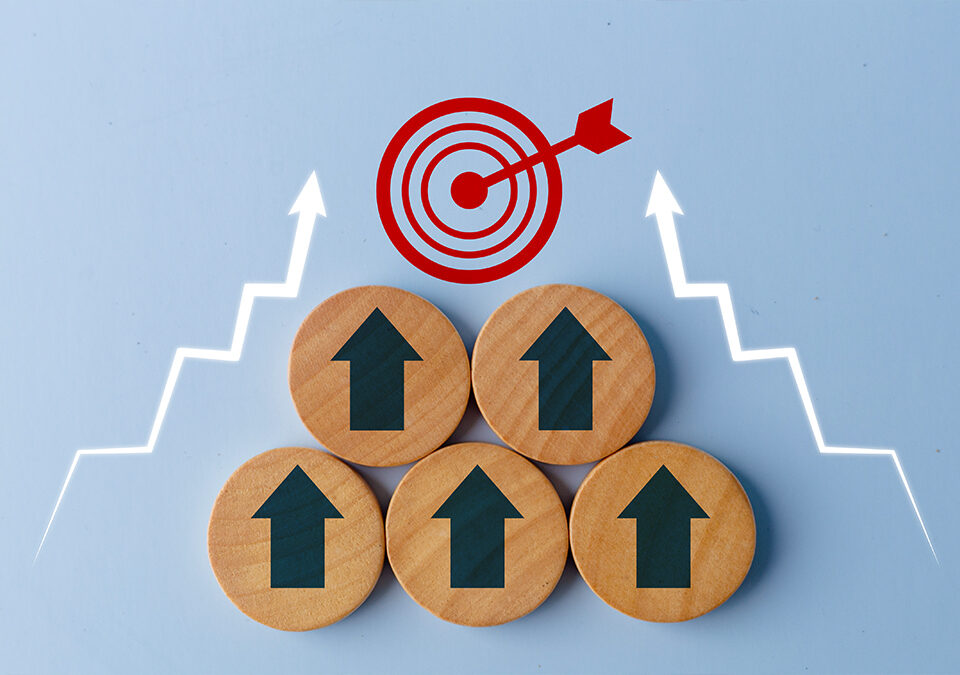
Using webinars to educate your customers and generate leads
October 17, 2023
Using AI to automate and optimize digital marketing campaigns
November 10, 2023The term “gamification” has become more than simply a fad. It’s an effective method for boosting morale and encouraging participation among your clientele and staff, and it can be implemented with no effort. To improve corporate outcomes like customer retention, employee output, and company morale, gamification is a powerful tool. How does gamification function, though, and what is it?
What is Gamification?
In non-game settings including business, education, health, and social causes, gamification refers to the use of game features and techniques. By exciting and inspiring your customers, staff, or other stakeholders in a meaningful and enjoyable way, gamification can help you advance your business objectives. Points, badges, levels, leaderboards, challenges, quests, feedback, awards, etc. are all examples of game components utilized in gamification. To be effective, gamification must appeal to fundamental human drives and characteristics.
What are the benefits of gamification?
To be effective, gamification must appeal to fundamental human drives and characteristics. As an aid, gamification can:
- Make your product or service more interesting and engaging to the user and they are more likely to stick with it.
- Motivate your staff by outlining specific objectives, offering constructive criticism, and celebrating successes.
- Make studying and teaching more interesting and difficult.
- Motivate people to alter their behavior favorably so that they can achieve their goals.
How to apply gamification to your business goals
Here are some ways to incorporate gamification into your company’s strategies:
- Have a firm grasp on the here-and-now business climate and your desired goals before you begin. In other words, what difficulties are you hoping to overcome? Which acts or habits do you hope to promote or curb?
- Learn about your users and their goals, likes, dislikes, wants, and frustrations. Who exactly is your intended demographic? What are their motivations and areas of focus?
- Put in place the game mechanics, and make the main gameplay loop. The rules and components of a game that make it fun and rewarding to play are collectively referred to as “game mechanics”
- Assess and modify. The process of gamification is not a one-and-done endeavor but rather one that calls for continuing evaluation and refinement. Is there a way to quantify the results of your gamification efforts?

Examples of successful gamification in different industries
An excellent real-world example of gamification is Duolingo, a language eLearning application that employs this method to boost user engagement. Duolingo is one of the most downloaded programs in the world, with over 500 million users.
Another real-world application of gamification is the Nike+ Exercise Club fitness software, which employs game elements to encourage users to exercise more frequently and for longer distances. Nike+ Run Club is one of the most downloaded fitness apps of all time, with over 100 million members globally.

Employing gamification in your Vancouver business
Users and your company can both benefit from incorporating Gamification into your business. Unfortunately, there is no universal application for gamification. You need to learn about your target audience, create the central gameplay loop, and evaluate your success. At Cactus Media Group, a Vancouver-based digital marketing organization we provide expert website design and branding services, and we also offer assistance with gamification. We are adept at developing game-like experiences for a variety of sectors and demographics.




